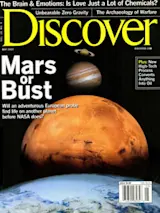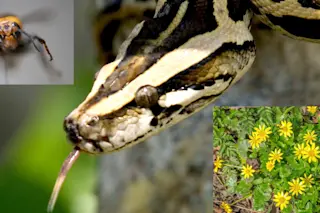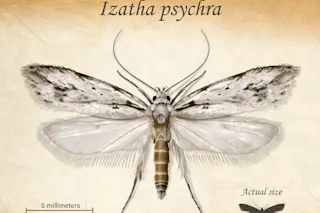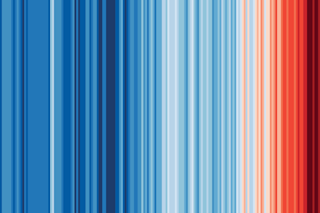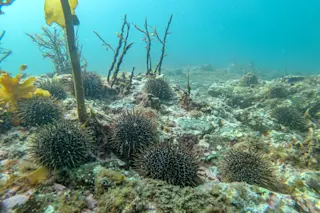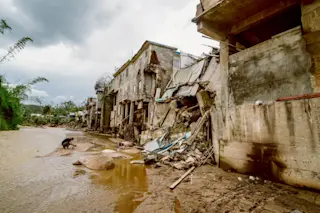My son and I splash upstream in hip boots, searching for signs of the sockeye salmon that return each summer to spawn and die in this wild Alaskan creek. I've come here to see for myself what he wrote home about last year:
The creek is so full of sockeye, it's a challenge just to walk upstream. I stumble and skid on dead salmon washed up on the gravel bars. It's like stepping on human legs. When I accidentally trip over a carcass, it moans, releasing trapped gas. In shallow water, fish slam into my boots. Spawned-out salmon, moldy and dying, drift down the current and nudge against my ankles. Glaucous-winged gulls swarm and scream upstream, a sign the grizzlies are fishing. The creek stinks of death.
Today the whole streamside world is clean and sparkling. We slosh along gravel bars, startling golden-crowned sparrows, until Jon bends down and picks ...


